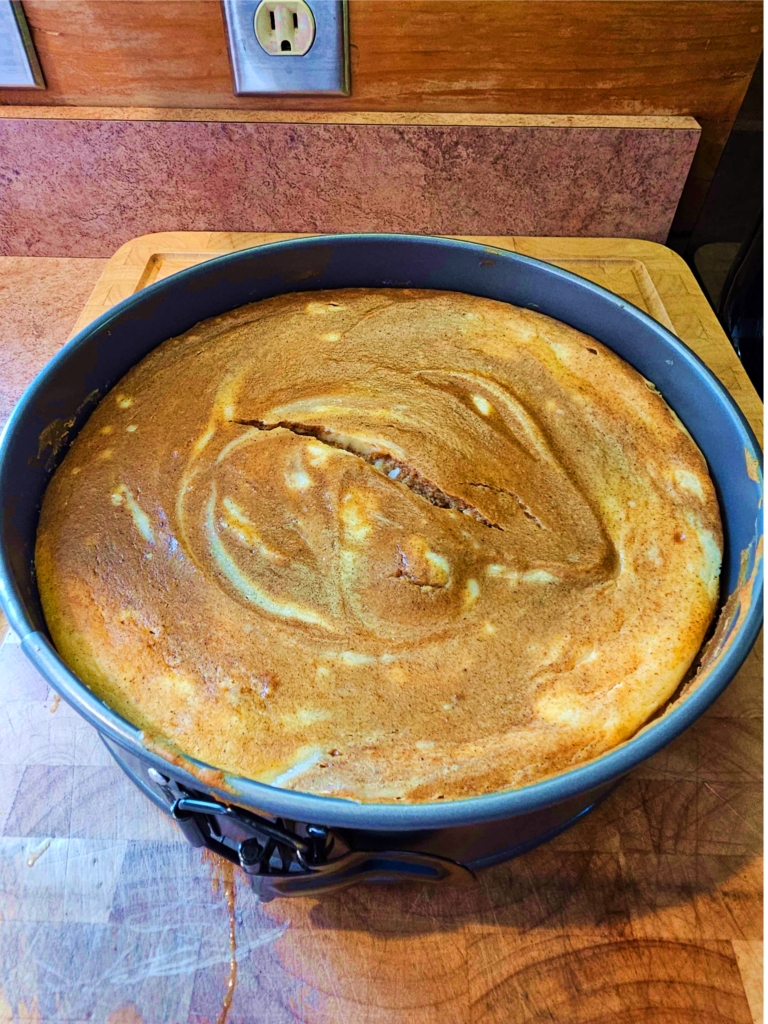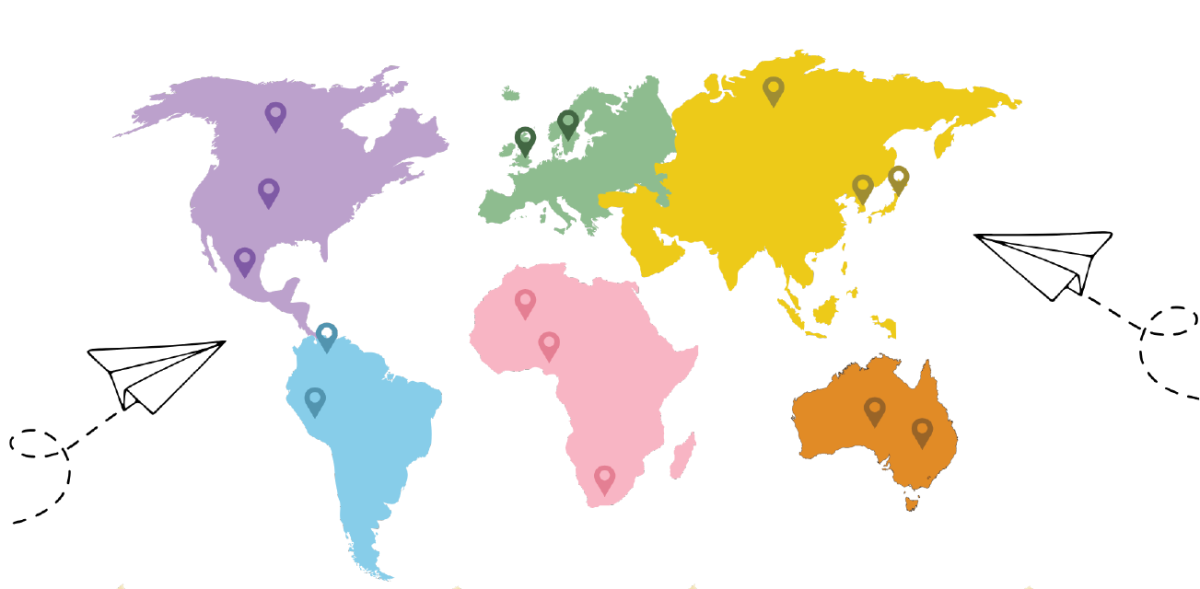
Many of you might think bugs are gross, but they have so much to offer to us humans and the environment. Learn more about the importance of insects and discover that there’s more to them than meets the eye.
Honey Bees
Honeybees are arguably the most important insect. One-third of the world’s food production is thanks to bees. Not only do they help pollinate flowers and fruit, but they also help pollinate spices and nuts. Many plants, without bees, would die out, as bees play an important role in the survival and growth of many plants. In addition to pollinating plants, bees also help prevent soil erosion. Stopping soil erosion helps keep the water supply clean, prevents flooding, and protects aquatic life. Beeswax also has multiple health benefits: moisturizing skin, protecting the liver, balancing cholesterol levels, reducing stretch marks and a lot more. In a 2020 study, scientists found evidence that melittin, a component in honeybee venom, could kill cancer cells.
Butterflies
Not only are butterflies memorizing, but they also serve an important role in the ecosystem. Like ladybugs, butterflies eat aphids, destructive sap-sucking insects that can carry plant viruses, controlling the pest population. They are responsible for one in every three bites of food we eat, contributing over 200 billion dollars to the food economy worldwide, along with bees and bats, butterflies pollinate most plants that we eat. They also increase biodiversity because butterflies attract native bees and birds, helping the variety of plants, animals and microorganisms.
Spiders
Spiders are more than just a creepy-crawly. They help control the pest population, such as cockroaches and mosquitoes, helping slow down the spread of diseases like malaria. They wait by plants and flowers to ambush their next meal. As they roam from flower to flower in search of their prey, they carry pollen from one place to another. It may seem shocking but spiders also provide for the medical field. Native spider silk fibers have been found to improve the development of epidermal layer over fibers and support of keratinization. Even if you don’t like them, you may find comfort in the fact that spiders are a food source for many animals: birds, lizards and more.
Ladybugs
Across the world, ladybugs have been seen as a sign of luck. They can serve as a natural pest control since they can consume up to 50 aphids a day, protecting crops. The presence of ladybugs in gardens and fields leads to a decrease in the use of chemical pesticides, which is beneficial to both humans and crops. Ladybugs are used in greenhouses to control pests including mites, mealybugs, leafhoppers and insect eggs.









